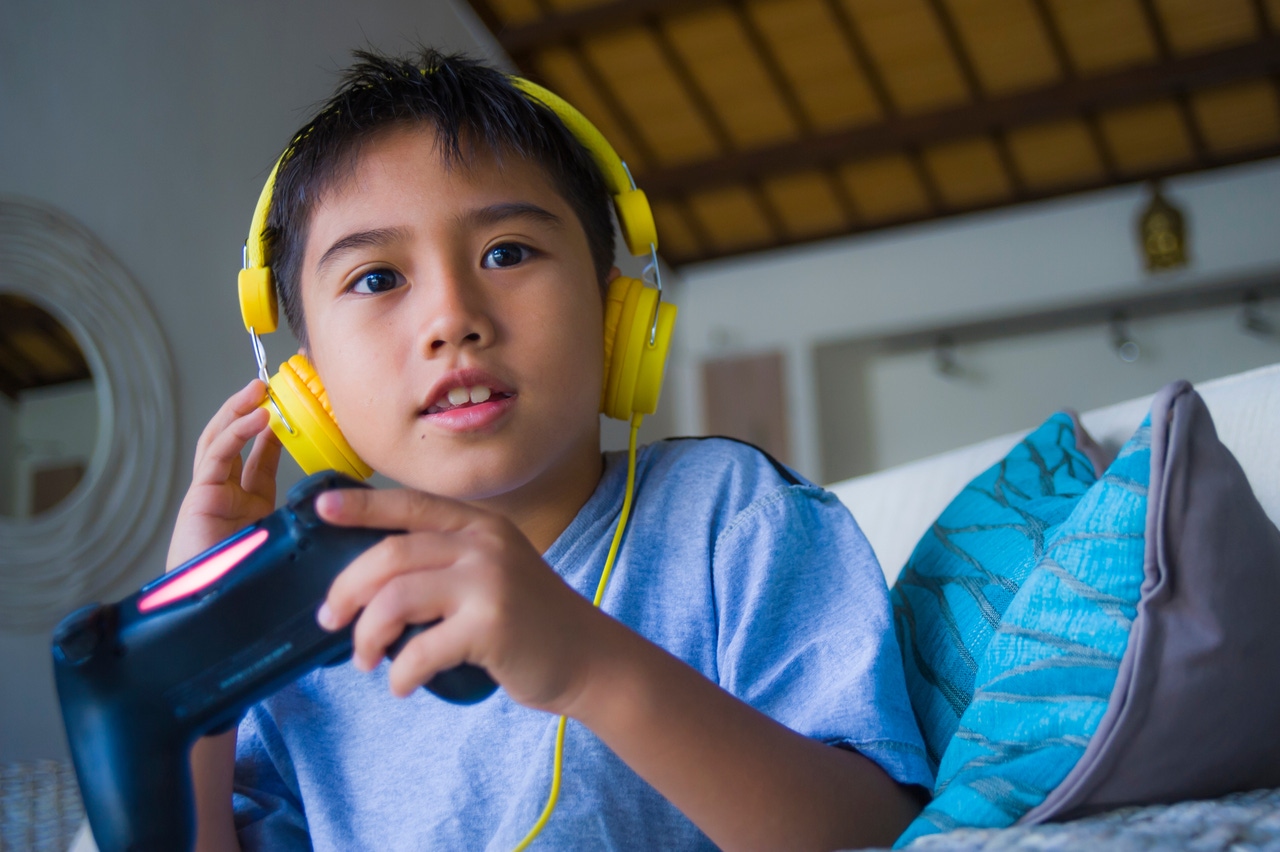Trending
Opinion: How will Project 2025 impact game developers?
The Heritage Foundation's manifesto for the possible next administration could do great harm to many, including large portions of the game development community.

Featured Blog | This community-written post highlights the best of what the game industry has to offer. Read more like it on the Game Developer Blogs or learn how to Submit Your Own Blog Post
By spending time getting to know the science behind screen time and how to manage access to it, you can feel better about the time your kids are spending in front of the screen.

Some of my earliest memories of playing video games involved waiting until my parents were asleep, sneaking out of my room, and playing a game until late into the night, with the sound extremely low. Fortunately for me, my parents were heavy sleepers. Unfortunately for my parents, it also meant I would not wake up until nearly noon the next day! My parents eventually caught onto what was happening, and new house rules were instituted on when I could play.
It’s a little easier for parents and caregivers these days. This is in part thanks to the many parental controls options that help enforce age-appropriate rules and restrictions on when kids can play games and how much time they can spend gaming. These are especially helpful when parents get (and stay) involved in how their kids interact with video games!
“Every parent knows that no two children are the same,” said Licensed Clinical Depth Psychologist and video game researcher Dr. Anthony Bean in a blog for the ESRB about screen time. “Each child has their mentality, frustration points, and personalities that drive them to be who they are meant to be. Each child requires a different approach based upon how he, she, or they interact with life challenges and learns to navigate the world around them.”
Dr. Anthony Bean walks you through some of the biggest questions facing screen time anxieties these days, including whether children can have “too much” screen time, how to establish rules in the house around screen time, and leading by example in front of children. If you’re asking a child to get off a tablet while you’re glancing at your own phone, for example, that might be a problem.
One time my three-year-old grabbed my phone while I was checking a sports score and whipped it across the room. Point taken, three-year-old! Let’s go back to playing with dolls.
Importantly, not all screen time is the same. Nowadays, children are using screens to engage in education and play. They’re using screens at school, and it might even be required for homework when they’re out of school, too. The lines are fuzzier and more confusing than ever. Navigating those lines is easier with the ESRB’s Family Gaming Guide, because it can help answer important questions about a child’s relationship with a device, such as what games are appropriate and how to manage how much time a child ultimately spends with that game.
With the Family Gaming Guide, it’s possible to gain insight into several topics, such as:
The rules for my children, ages 7 and 3, are different. My oldest has screen time requirements, where she eventually has to ask permission to keep engaging with a device. We don’t have such restrictions with our three-year-old, because she doesn’t use the devices as often. But it’s extremely useful to have tools at my disposal that can be changed based on what each child needs!
But even once you’ve established rules with a child, enforcing them is another challenge. And a huge part of that challenge is enforcing the rules consistently across different games, devices, and platforms, because setting up screen time controls in one place may not translate to another. The ESRB has step-by-step guides for each platform, whether you want to block by age rating, control spending, limit time spent, or restrict communication. That way, if your child is playing Minecraft on a Switch and then moves to an Xbox, you can keep the same rules in place. Lots of popular online games also have their own parental controls in addition to those available through whatever device your kids are using. Games like Fortnite and Roblox offer an additional layer of controls around managing play time, spending, and more.
All of these tools offer options, flexibility, and a little extra control. Each situation is different, as is each kid! But by spending time getting to know the science behind screen time and how to manage access to it, you can feel better about the time they are spending in front of that screen.
Patrick Klepek is a longtime video game reporter who's been covering video games since he was 14 years old. These days, he's the father of two daughters, including a seven-year-old who claims she wants to be a "gamer" when she grows up, and brings his decades of reporting expertise to the questions and tensions around being a modern parent. Kids are playing video games at ages younger than ever, and the games are more complicated than ever, but we're left without easy answers on what they should be playing, how long they should be playing, and who they're playing with. Having grown up as video games became pop culture, Patrick, now a dad, tries to answer these questions and others.
Read more about:
Featured BlogsYou May Also Like